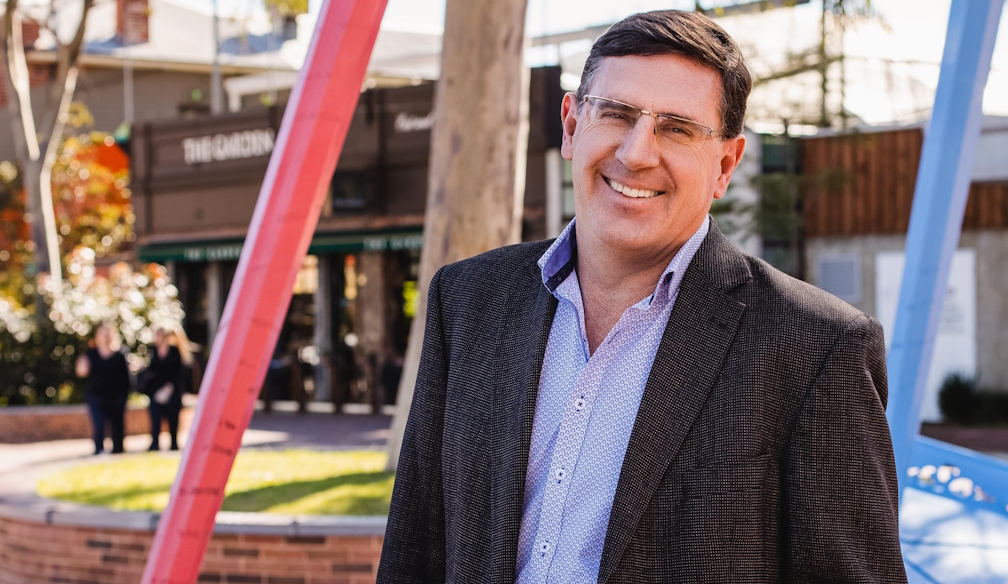Harnessing Technology in the Tendering Industry – Still Needs the Human Touch

Businesses trying to win government and private tenders will need to adapt to the powerful transformation of Artificial Intelligence (AI) technology while recognising the “irreplaceable” value of human expertise.
With AI rapidly advancing, it is playing an increasingly crucial role in most phases of a tender process, however, the “human touch” remains the critical element in winning or losing, according to one of Australia’s leading bid consulting industry specialists.
This tech is already playing an important role in tender writing and data analytics and interpretation, especially when preparing for an upcoming tender.
It is becoming extremely valuable as it can free up key research time, especially in those early pre-Request For Tender (RFT) stages.
Yet, in the fiercely competitive industry of bidding, the human brain's ability to provide context surpasses the significance of plain content - at least for the foreseeable future.
The power to interpret complex ideas, unleash creativity, and imagine possibilities remains paramount in the art of winning, exceeding the capabilities of current technology.
However, any SMEs or large companies who are in the business of tendering, or even thinking about it, still need to embrace the technology and I’ll use a well-known corporate example of why this needs to be done.
Remember Kodak? For more than a century, Kodak was the undisputed leader in the camera and photographic film industries.
At one point, it held 80 percent of the global market share in the photography industry, making it one of the most influential and well-known companies in the world.
Even the phrase "Kodak moment" became a reference to a priceless experience. The phrase was as common in our vocabulary as today's "Google it" and "Zoom me”.
However, everything changed for Kodak with the development of digital technology, including for cameras.
Kodak was unwilling to adopt the technology (which was developed by one its own workers) and in 2012, the company went bankrupt.
Kodak paid a heavy, and obvious, price for its “technology adoption failure” so what’s the cost to Australian businesses?
Let’s put the value of the tender industry in perspective. In 2021-2022, the Australian Government reported that it awarded approximately $80 billion worth of contracts. This figure does not include State and local Governments or private tenders and contracts which is estimated to take the total value to $600 billion.
Businesses that successfully leverage technology, at all stages of the work winning life cycle, can deliver a competitive edge to earn a slice of that revenue if they follow five basic considerations:
· Analyse data effectively - leverage technology to analyse data related to market trends, client preferences and competitive intelligence.
· Optimise collaboration platforms - implement technology solutions that facilitate and enhance team collaboration for the optimal project management of bids.
· Automate processes - identify those tendering processes that are labour intensive, inefficient or create roadblocks to effective progress and, where possible, automate them.
· Customise outputs - critically examine drafts from the outputs of any technology to customise your tender submission, showcasing your understanding of the client's unique context.
· Ensure security and confidentiality - protect sensitive information throughout the tender process by implementing robust cybersecurity and data protection measures.
While AI technology can provide compelling data-driven insights, the expertise and intuition of human professionals are indispensable in delivering winning submissions.
The blend of technology and human expertise has the potential to create a dynamic synergy that can make the difference between winning and losing a bid.
But you can’t just rely on technology alone. Computers can’t really think new things, yet.
They lack the critical thinking nuances of humans, to acknowledge empathy, or to realise a key moment of insight. Can they therefore communicate the most compelling solution to a buyer’s problem?
The key lies in finding the perfect balance between technology-driven efficiency and the personal touch that only humans can provide.
About Nigel Dennis:
Nigel is a co-founder and BidWrite director. A leading consultant in the proposal management profession in Australia, he has developed a significant international reputation, presenting at seven annual world proposal management conferences since 2008. With qualifications in engineering, commerce and marketing, Nigel is a strong advocate for the profession. In 2008, he founded the Australian/NZ chapter of the Association of Proposal Management Professionals (APMP) and has served on the chapter board every year since.







